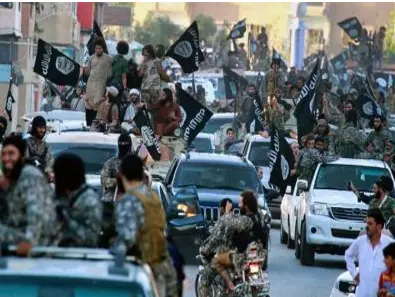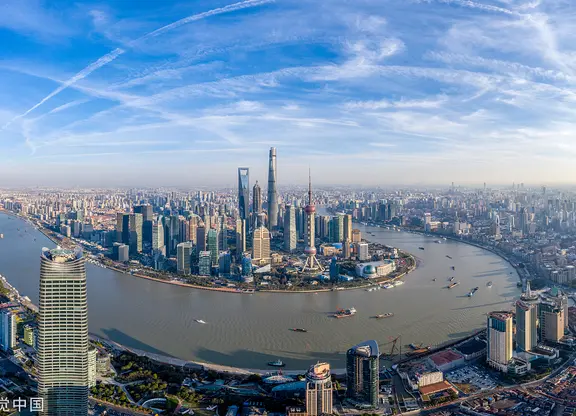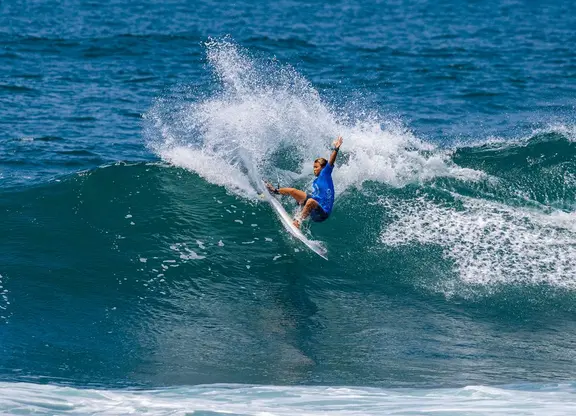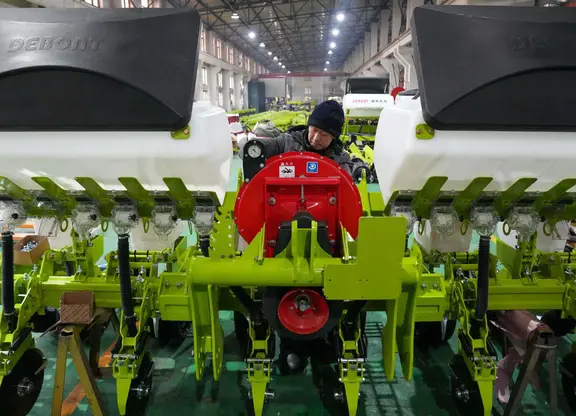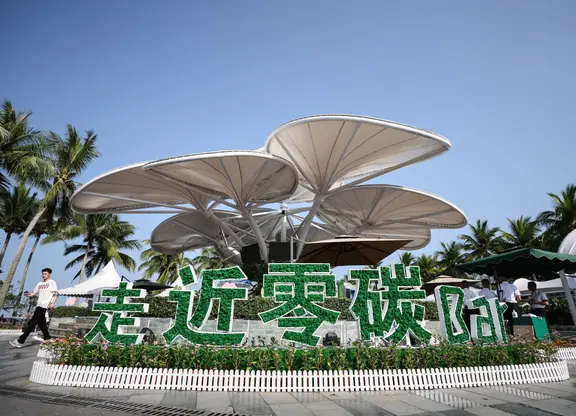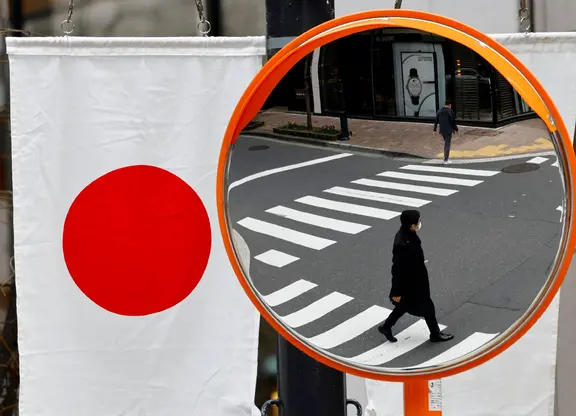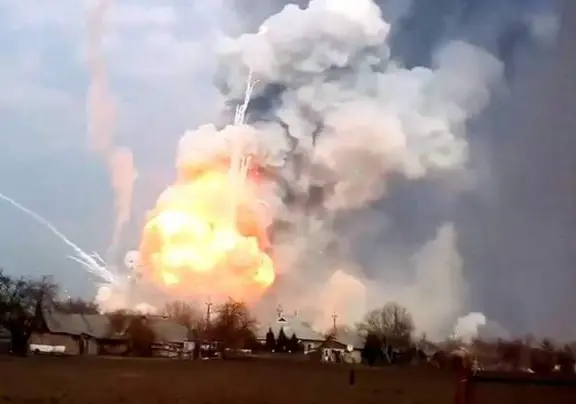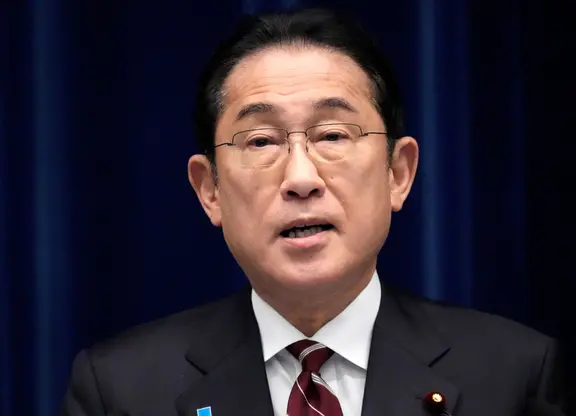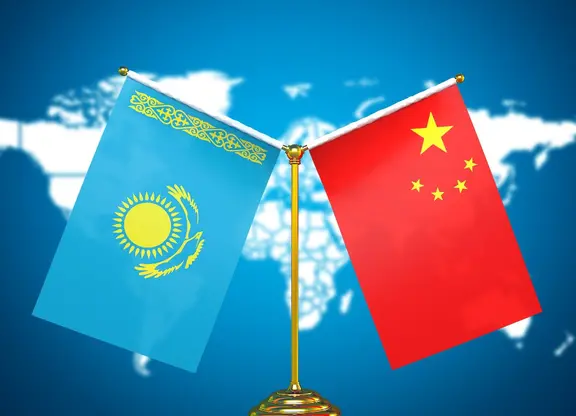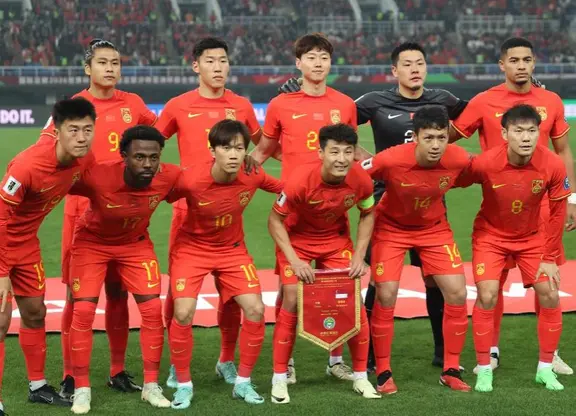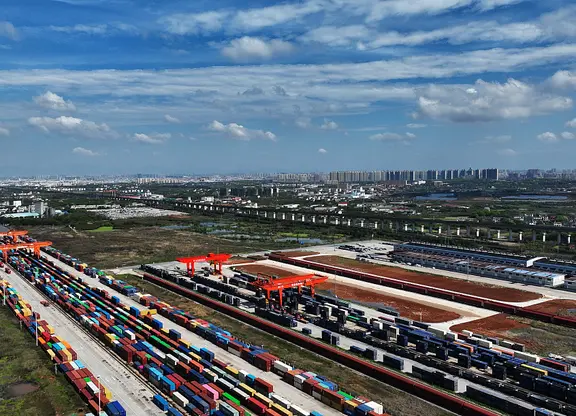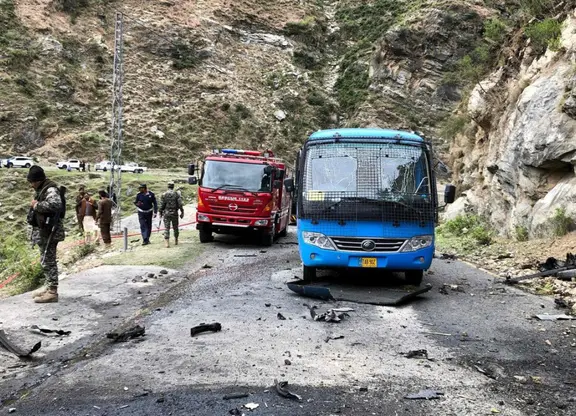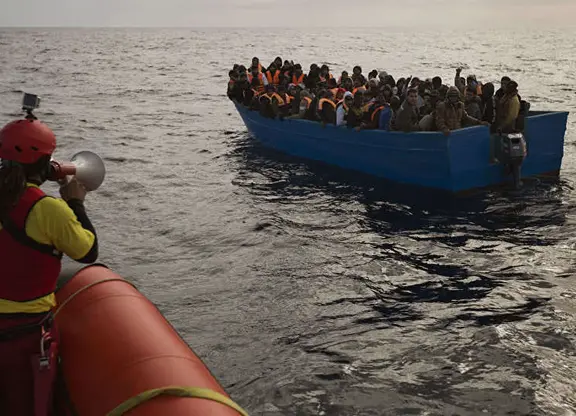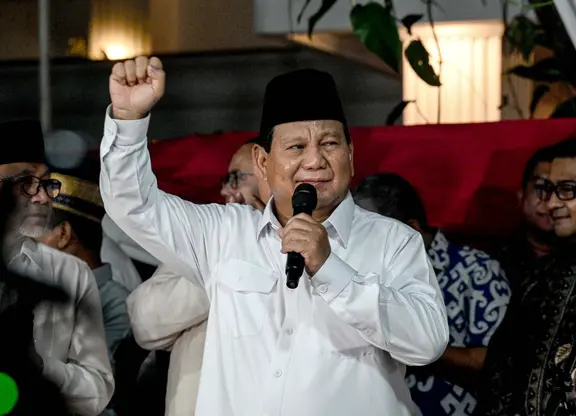The role of any nation's navy is to project force beyond the nation's shores for various reasons, may it be to protect sea lanes from miscreants like pirates, to ferry military equipment and personnel, or to safeguard national interests beyond the shores of the nation. If one takes a peak at history, one is sure to notice that most countries which have prospered have had one thing in common: strong navies. The ancient Persian Empire had a very strong navy, the ancient Greeks prospered because of a strong navy and ancient China during the 15th century could easily be tagged as the strongest navy in the world led by Admiral Zheng He. This is the reason why during the time of the Ming dynasty, the Chinese economy grew in leaps and bounds. The ship building techniques employed by China at the time were far superior to all others. The British Empire expanded to such lengths that it was said at the time that "the sun never sets on the British Empire." This was possible only because the Royal Navy was the strongest at the time.
Chinese President Xi Jinping, also general secretary of the Communist Party of China Central Committee and chairman of the Central Military Commission, reviews the Chinese People's Liberation Army (PLA) Navy in the South China Sea on April 12, 2018.[Photo: Xinhua]
President Xi Jinping has set China on a course for achieving the "Chinese Dream," thus making it paramount for China to have a strong and modern navy. This is because having a strong navy doesn't simply serve the purpose of protecting ones shores, but also to protect one's interests beyond those shores. 90% of the world's trade is carried by sea and it is, by far, the most cost-effective way to move goods and raw materials around the world. This is why President Xi reviewed the People's Liberation Army's Navy at South China Sea on April 12, 2018.
The Naval review made by President Xi was a spectacular show of Chinese naval prowess. The President showed up in military gear which suited the occasion and complemented the high morale of naval crews. The President was on board the CNS Changsha destroyer. The remarkable parade involved more than 10,000 Navy personnel, 48 ships and submarines, and the CNS Liaoning aircraft carrier. The vessels were mainly combat ships such as Type 052D guided missile destroyers, Type 054A guided-missile frigates and Type 056 corvettes. Support vessels like the Type 901 supply ship and Type 920 hospital ship also participated in the drills, which were the largest of their kind in China since 1949. President Xi has been endeavoring to strengthen, reform, and modernize the PLA ever since taking office. As part of these endeavors under his leadership, three new regulations have been issued governing the military's interior order, code of conduct and military formation, respectively. President Xi made an important speech on board the CNS Changsha and said, "A mighty navy is an important pillar of the great rejuvenation of the Chinese nation," and he said the Party and the Chinese people are proud of the PLA Navy (PLAN).
President Xi ordered that "the Navy should continue to focus on combat training and remain on high alert to safeguard national interests and make more contributions to the peace and stability of the region and the world." Following the review, the PLA Navy is scheduled for a live fire exercise in the Taiwan Strait off the coast of Fujian province, on April 18, 2018 between 8 a.m. and midnight.
China's navy has been taking on responsible roles around the world in terms of keeping maritime trade lanes safe from piracy. Such gestures made by the navy have been welcomed by the international community. Just recently the 29th fleet from the Chinese People's Liberation Army (PLA) Navy left Zhoushan for the Gulf of Aden and waters off Somalia to escort civilian ships. The navy started participating in anti-piracy missions in 2008 and has escorted 6,400 Chinese and foreign vessels and warned away more than 3,000 suspected pirate ships under the mandate of the UN Security Council.
The Naval review parade serves as a motivating force for not only the military but also for the entire nation. The important aspect of this review parade was that more than half of the ships and submarines involved in the parade had been delivered to the Navy since late 2012, when the 18th CPC National Congress was held, according to the military. The Navy has commissioned around 100 ships, mostly large combat vessels, and an unknown number of submarines since then, augmenting the notion that the PLA Navy is a modern force and shows that President Xi's orders prescribing that the Navy should "race against time and make all-out efforts to become a world-class force" are not merely words but are translating in the "Chinese Dream" sooner than later.
(CRI)
 简体中文
简体中文

